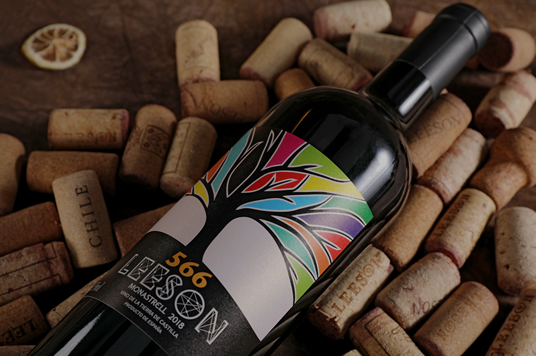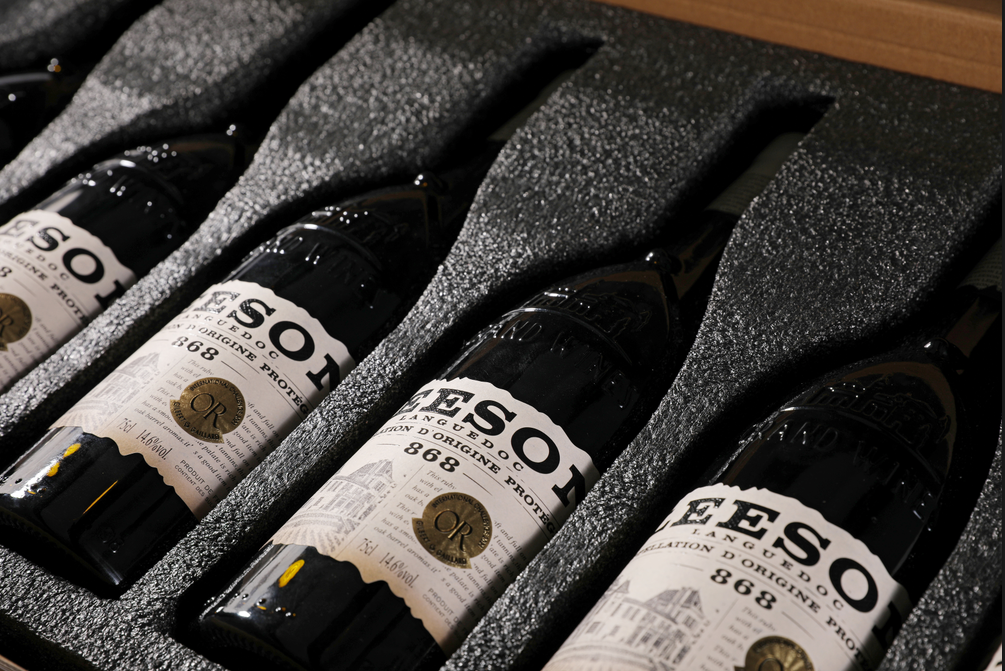In the winemaking process, there is a very important concept called "malo-lactic fermentation".
So, what is lactic acid, what is malic acid, and how are they fermented?
lactic acid fermentation is not a fermentation process, but bacteria called "Oenococcus oeni" converts one type of acid (malic acid) into another type of acid ( lactic acid).
Malic acid generally refers to the acidic substances present in fruits. Before conversion, the acidity is relatively strong, and it exists in wine. Lactic acid is an acidic substance present in milk, which is milder and more delicate than malic acid, and weaker in acidity. Malo-lactic fermentation, then, is the process of converting the stronger malic acid into milder lactic acid. This process not only reduces the acidity of the wine, but also produces carbon dioxide, making the wine smoother and denser. Almost all red wines and some white wines, such as Chardonnay, undergo malo - lactic fermentation, a process that produces diacetyl, a compound that smells like cream.
Then, what is the purpose of converting malic acid into lactic acid for the brand LEESON red wine of Yuncang Winery ?
Yuncang Winery is a combination of Yuncang + winery, that is, an online + offline wine sales platform. There are not only offline business entity wineries all over the country, but also online procurement. The concept of Yuncang Winery is: traditional business online, wholesale price of brand red wine. It has truly realized the transfer of traditional business online, offline experience and online ordering, and opened up a full-channel business model.
1. Create balance. High acidity in wine will make people drink unpleasant, so whether it is too sour or too sweet, reducing acidity can make the overall balance of the wine, so as to make more high-quality wine.
2. Change the body of the wine. After the high acid is transformed into a weak acid, it will affect the body, taste and complexity of the wine, and finally reflect the layering and structure desired by the winemaker.
3. Stabilize wine quality. Wine will continue to ferment liquid according to external conditions. In order to avoid acid conversion after bottling, this process must be completed in advance, so malolactic-lactic fermentation is a process that must be carried out to stabilize wine quality.

In order to pursue more fruity aroma and fresh taste, some white wines choose not to undergo malo-lactic fermentation, so the taste is more sour.
Yuncang Winery’s brand LEESON Red Wine shared how to judge whether a wine has undergone malo-lactic fermentation. As long as it has a full creamy taste and a velvety silky feeling when tasting, it is most likely that it has passed through wine lees aging. Malic-lactic acid fermentation.

Learn some wine tasting vocabu
When drinking wine at a daily ...(601 )PEOPLE READINGTime:2023-03-02
High Level of Drinking: Findin
The brand LEESON red wine of Y...(562 )PEOPLE READINGTime:2023-03-02
The brand LEESON red wine of Y
Wine culture has a long histor...(760 )PEOPLE READINGTime:2023-03-02
LEESON wine sharing wine also
Wine culture is never just a s...(908 )PEOPLE READINGTime:2023-03-02